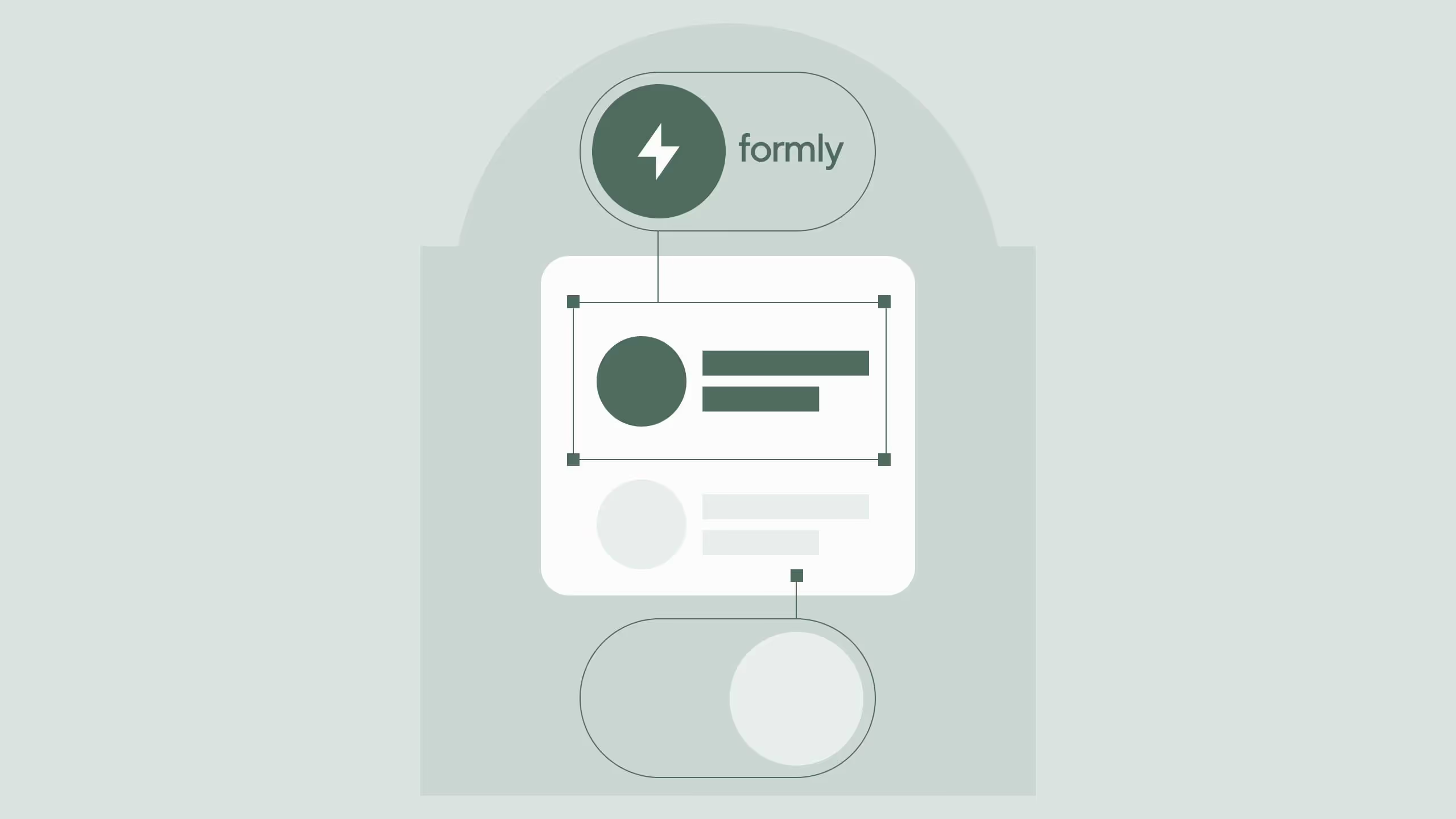Inside the Webflow - Playbook for CMOs

In this episode with Willi Sommer, we break down how CMOs can migrate from WordPress to Webflow without losing SEO or speed. The Webflow Migration Playbook for CMOs is a 7-phase blueprint covering baseline audits, CMS mapping, redirect strategy, design system setup, analytics, and localization.
The key takeaway: Webflow aligns with modern marketing priorities, speed, governance, security, and AI-ready discoverability. Handled strategically, migration isn’t a redesign, it’s a growth lever that empowers teams to ship faster and scale globally.
Webflow migration playbook for CMOs with Willi Sommer
From Willi’s interviews with marketing leaders to our own work with B2B SaaS and enterprise teams, the pattern is clear. Marketing teams want:
- Speed of change without a dev handoff for every landing page.
- Governance so non-technical editors cannot break layout or global styles.
- Reduced maintenance so product launches are not slowed by plugin updates.
- Built-in features for localization, testing, and analytics.
Webflow migration playbook for CMOs exists because Webflow aligns with those needs. The platform offers a modern editor, structured CMS, and a design system approach that lets marketers build safely inside guardrails. Webflow’s Localization is now a first-party capability that allows multi-language content, localized URLs, locale-specific alt text, and visitor routing directly in the canvas.
A/B testing with Webflow can be approached natively or through common analytics stacks. Webflow’s own materials and community patterns show standard ways to run experiments, and many teams layer in tools like PostHog or Optimize for deeper analysis.
Meanwhile, the maintenance tax on plugin-driven stacks is real. In 2024, Wordfence tracked 8,223 new WordPress vulnerabilities, an increase of ~68% vs 2023. Recent plugin CVEs like Post SMTP remind leaders that update discipline is not optional.
The CMO’s decision lens
Before you choose any tool, align on strategy. Then evaluate the platform against the strategy.
- Team speed
Can your marketers ship new pages daily without a dev? Webflow’s editor enables componentized page building inside design guardrails. - Governance and safety
Does your stack prevent accidental damage? The Webflow Editor keeps non-technical contributors away from the breakable parts while still giving real control. - International growth
If you go multi-region this year, can your stack handle localized URLs, hreflang, and region-specific assets in one place? Webflow Localization was built for this. - Experimentation
Can you run and read A/B tests without a month of dev time? Webflow supports testing workflows natively and with third-party tooling. - Security and maintenance
How many plugins are you trusting? Plugins remain a major source of risk in the WordPress world and demand constant patching. - AI-era discoverability
AI answers reduce site visits. Your stack must help you convert the visitors you do get while supporting schema, FAQs, and clean structure for AI citations. Reuters finds weekly AI use growing and search products adding AI layers.
If these are your priorities, a Webflow migration playbook for CMOs will pay for itself in speed, safety, and global reach.
Migration risk profile: what really breaks and why
Willi’s point is blunt and true: the tool is only as good as the partner using it. Migrations fail when teams underestimate content planning, URL mapping, and edge cases across DNS, redirects, media, and internal links. Typical failure modes include:
- Missing 301 maps for high-value URLs
- Incomplete schema and metadata migration
- Broken internal links and orphaned assets
- CMS field misalignment that shatters editor workflows
- Core Web Vitals regressions from heavy scripts or animations on load
Your job as a CMO is to prevent unforced errors by locking the scope and success metrics early, then working with a Webflow-first team that has shipped multiple migrations in your industry.
The 7-phase Webflow migration playbook for CMOs
Phase 0 - Business case and success metrics (anchor the Webflow migration playbook for CMOs)
- Measure the current baseline: organic sessions, branded vs non-branded, conversion rate by template, LCP/CLS/INP, index coverage.
- Define success: example, +20% landing page velocity, -50% time-to-publish, no loss of organic traffic at 60 days, +0.3pp CR uplift on core paths.
- Choose a partner who can show relevant migrations in your vertical and act as a growth operator, not only a builder.
Phase 1 - Content inventory and CMS architecture
- Crawl the site and export the CMS. Identify templates, fields, internal link hubs, tags, and author schemas.
- Decide what is migrate, merge, rewrite, or retire.
- Draft the new Webflow CMS models to match your editorial workflow, not just the legacy database.
- Plan localized variants up front if you operate in multiple markets. Webflow Localization supports localized CMS content and assets along with localized SEO fields.
Phase 2 - URL and redirect strategy
- Build a one-to-one redirect map for every legacy URL that will change.
- Keep the strongest URLs stable when possible to preserve link equity.
- Recreate canonical directives, alt text, and OG tags for each template.
- Produce a new XML sitemap and ensure hreflang is complete for localized sites.
Phase 3 - Design system and guardrails
- Establish a Client-First style system or similar naming convention.
- Build locked components for hero, nav, footers, feature grids, forms, and post layouts so marketers can compose pages safely.
- Optimize animation budgets. Google still punishes long blocking animations on load. Keep LCP clean and defer non-critical effects.
Phase 4 - Data layer and experimentation
- Install analytics, consent, event naming, and A/B testing hooks. Webflow supports experiments and integrates with tools your team already knows.
- Mark critical user journeys and revenue events.
- Prepare at least three experiments for launch month: headline, hero art, and CTA copy.
Phase 5 - Build, migrate, and validate
- Import CMS items, images, authors, redirects, and schema.
- Recreate internal link patterns and hub pages.
- Validate against a pre-launch checklist: indexability, meta parity, structured data, images, and redirects.
- Soft launch to a private audience to catch edge cases.
Phase 6 - Launch and 30-day stabilization
- Flip DNS, submit sitemaps, and request indexing in Search Console for top pages.
- Monitor coverage, CTR, and CWV daily for the first week, then twice weekly for 30 days.
- If any template underperforms, A/B test the layout or copy.
- Keep plugins to a minimum if you retain any legacy services in parallel. 2024 and 2025 reports show plugins remain a major risk.
Phase 7 - Scale globally and personalize
- Turn on Localization where it matters most and localize not only copy but assets and alt text.
- Build account-based and persona-based landing pages with shared components to keep design consistent while the message changes.
- Ship a monthly testing plan. Use your experiments backlog to grow conversion every quarter.
Comparing stacks: governance, speed, and risk
SEO, AEO, and the AI shift
You will see two forces in the data. First, the CMS market is still WordPress-heavy. Second, AI layers in search are changing how people discover information. Reuters’ 2025 reporting shows chat interfaces are a growing source of answers, and many search products ship their own AI summaries. That means fewer clicks to your site per query and more pressure on each visit to convert.
So the Webflow migration playbook for CMOs must include:
- Schema hygiene across Article, Product, Organization, FAQ, and HowTo to win citations in AI answers.
- Clear question-led sections within key pages to align with how AI chunks content.
- Lightweight templates and fast LCP to pass Core Web Vitals while running modern visuals.
- Localization to capture intent by region and language in one system.
Post-launch checks you should not skip
Willi’s team and ours follow a standard drill after go-live:
- Check propagation and SSL.
- Submit sitemaps and request indexing for priority pages in Search Console.
- Confirm 301s are live and 4xx is near zero.
- Validate structured data and image alt text on a sample of pages.
- Track Coverage, CTR, Queries, and CWV for 30 days.
- Stand up your first three A/B tests on traffic-rich templates.
Final word
A migration is not a design refresh. It is a growth lever. If you align leadership around outcomes, choose the right partner, and follow this Webflow migration playbook for CMOs, you will exit with a faster, safer, and more scalable site that your team actually loves to use.
.svg)
.svg)




.svg)
.svg)


